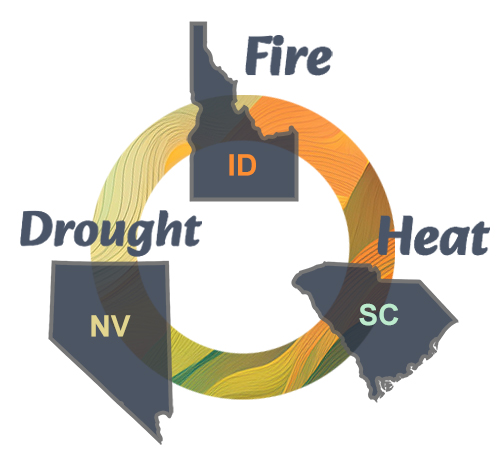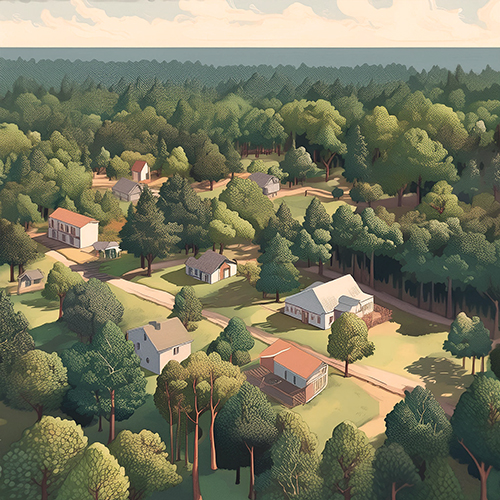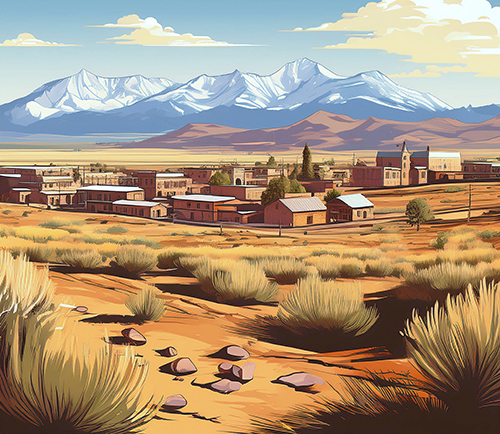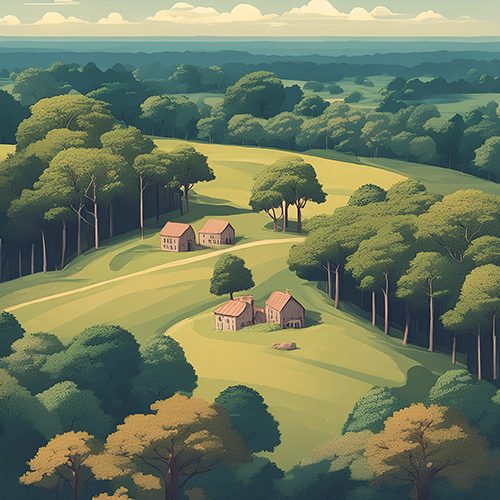Where We Live
Rural communities adapting to drought, heat, and wildfire
Where We Live
Climate resilience in underserved communities
Where We Live (WWL) is an interdisciplinary and multi-state collaboration intended to change the way we adapt to increasing drought, heat, and wildfire.
This 4-year project, funded by the National Science Foundation, addresses local adaptation, particularly in rural communities at higher risk from the effects of drought, heat, and wildfire. Using analytical social science and other computational tools, this project aims to advance our understanding of the factors that can contribute to local adaptation — with the goal of discovering how adaptation actions can enhance community-scale responses.
Our Mission
Our mission is to determine and understand the mechanisms between perceptions, values and knowledge, and actions to adapt to increased drought, heat, and wildfire in partnership with rural communities.

The states participating in this project (Idaho, Nevada, and South Carolina) are ideal locations to unravel the complex relationships between rural communities and drought, heat, and wildfire.
- Idaho leads the nation in wildfire impacts.
- Nevada’s record-breaking droughts are transforming the local economies and lives of its citizens.
- South Carolina’s impacts from extreme heat are acute among rural residents and workers (nearly a quarter of the population) whose livelihoods involve being outdoors for extended periods.





